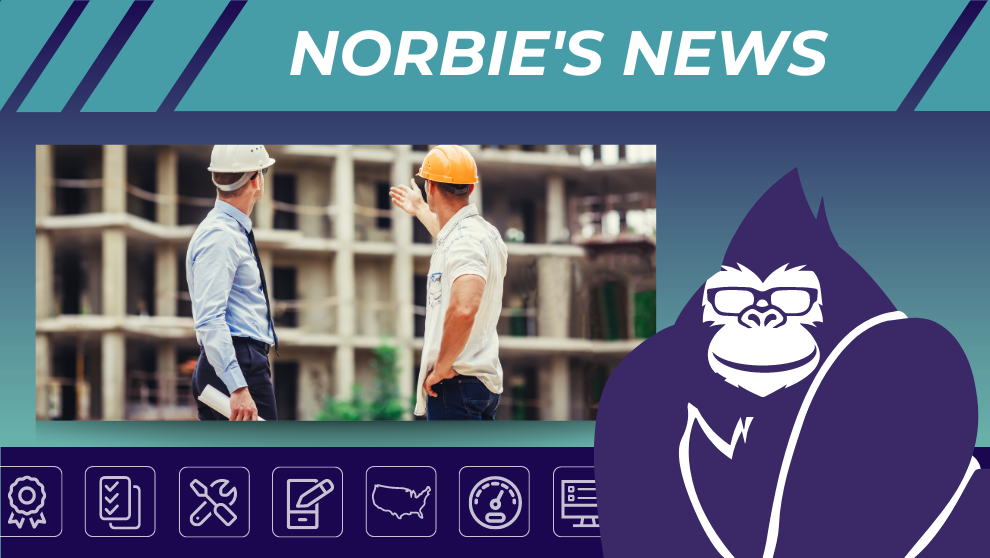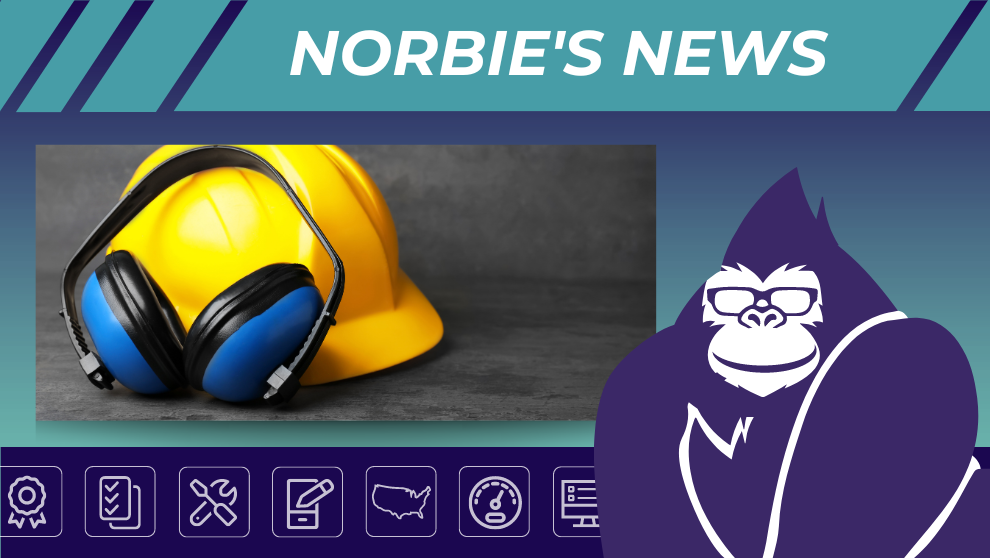
The Top 3 Technologies Impacting the Construction Industry
By Parminder Saini, Vice President of IT
Today’s technology and automation have transformed the construction industry – allowing businesses to find solutions for several key operational challenges. From improving on-the-job safety to increasing workflow efficiencies, the following technologies are having a significant impact on the construction industry.
"“[Digital twin technology] can help reduce costs and time. Construction owners and designers can create the prefabrication and structure of a building by simulating on-site assemblage of the produced parts. With the data collected during the simulation, contractors can deliver the project in a fraction of the time when compared to traditional methods.”
– Source: Onindus
1. Drone Technology
A recent survey shows that 94% of respondents use drones as their primary tool for digitizing construction job sites. The top uses for drones by construction professionals at the end of 2021 were:
- Improving site mapping and documentation (64%)
- Streamlining operational processes (59%)
- Increasing productivity (57%)
- Reducing costs (43%)
- Improving on-the-job safety (42%)
A rising number of construction businesses plan to implement drones specifically for improving job safety. According to a survey by DroneDeploy, construction companies in 2021 reported a 55% increase in job safety standards that were directly related to drone usage. This translated to a substantial decrease in workers’ compensation claims. Other uses for drone technology include structural inspections, percent-complete calculations, and real-time surveillance.
2. Digital Twin Technology
A digital twin is a virtual replica of a physical entity. Simply put, it is a model of a building that collects real-world information and creates prototypes via sensors, drones, lasers, and other wireless technology to replicate every detail of an actual object — from the processes involved to the materials.
According to Onindus, a construction technology company, by gathering information from multiple sources such as analytics, algorithms and artificial intelligence, the “twin” can gain insights about the performance, operation or efficiency of the project — whether built or in progress. These simulations allow companies to analyze data and monitor systems to detect and fix issues before they happen. For example, the technology can analyze whether using repurposed timber is feasible in a specific project.
3. Computer Vision Technology
Computer vision technology is providing companies with the ability to analyze video footage from surveillance cameras and then use the data collected to increase productivity, improve safety, reduce costs, and help businesses make more well-informed planning decisions. The technology’s object identification and recognition abilities can evaluate video data from job sites in real time, allowing companies to detect low-quality work and ensure work completion that conforms with building information modeling specifications.
According to EasyFlow, a leader in computer vision and AI technology, the top five computer vision applications for the construction industry are:
- Ensuring personal protective equipment compliance. Computer vision can identify whether workers are complying with safety protocols and properly using protective equipment when and where required.
- Tracking materials. Companies can be alerted in advance when building materials stored on the construction site are getting low.
- Improving worker flow. By creating spaghetti diagrams, computer technology can identify inefficient worker movement to help eliminate job site bottlenecks that can result in significant time-related expenses.
- Measuring manual cycles. By measuring how long a certain task can take, computer vision can produce real-life project completion estimates. As a result, companies can better ensure that the progress of a project is in line with its projected timeline.
- Preventing unauthorized access. Uses include the ability to identify license plates to prevent unauthorized vehicle access on a job site as well as facial recognition capabilities to instantly identify unauthorized persons.
Computer vision techniques [in the construction industry] are regarded as effective solutions [compared] to current time-consuming and unreliable manual observational practices.”
– Source: Science Direct
Conclusion
Today’s construction technology is all about using the tools and platforms available to help improve worker safety, boost productivity and strengthen risk management standards. As more businesses better understand the transformative power of technology on their day-to-day operations, we’ll continue to see more widespread adoption.
Parminder Saini is Vice President of IT of Builders & Tradesmen's Insurance Services, Inc., an Amynta Group Company.
Builders & Tradesmen’s Insurance Services Inc.
BTIS is committed to providing robust, individualized products and the highest level of service. Our easy-to-use commercial insurance platform, educational tools, and helpful underwriters make it simple for producers to diversify their books of business by expanding their product portfolios.
Part of the Amynta Group, BTIS is a nationwide insurance intermediary with a small-business attitude. We believe in building solid relationships through communication and a genuine concern for the success of our retail broker clients and the policyholders they serve.
For additional information, visit www.btisinc.com or call (877) 649-6682


